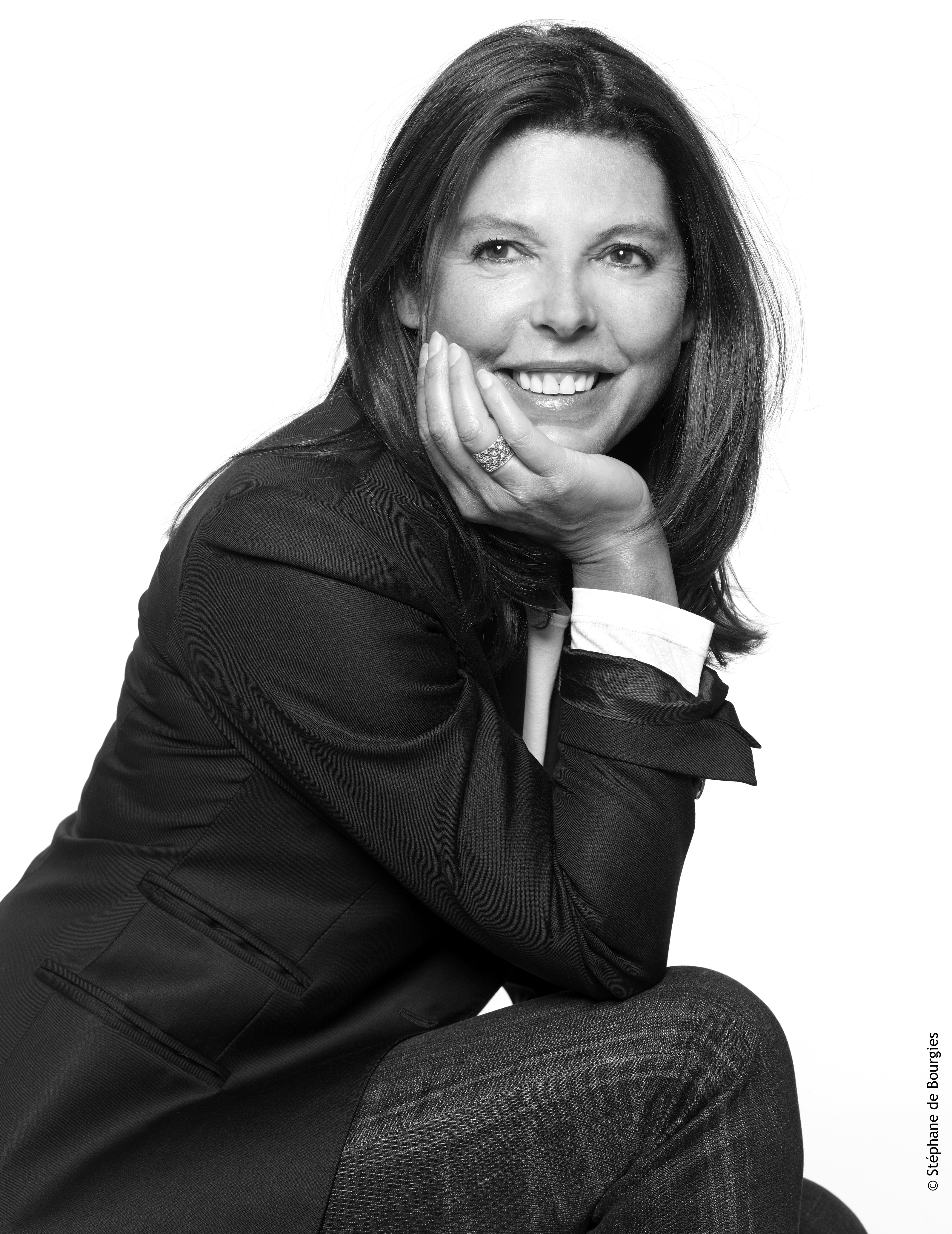It is not easy to be self-aware and fully understand who you are and how you became that person. First, you have to ask yourself a few basic questions that are easier asked than answered.
What are your main qualities? What personality traits best define you? In other words, what makes you uniquely who you are? What values matter most to you, and how do you manifest them?
Are you able to answer these questions with clarity and certainty? Not so easy, is it? First, these are broad, rather abstract questions. Second, we are not always able to see ourselves all that objectively, and rarely do we see ourselves the way others perceive us. If you’ve ever been the subject of a 360 Assessment, chances are you were at least partly surprised by how your colleagues, team, or bosses described you. They might have identified your main qualities as traits you didn’t even realize about yourself, or you might have felt a tad defensive (or been in full-blown denial) about areas you need to improve. To muddy the waters even more, we don’t always fully express our true selves or who we would like to be.
To move towards inner alignment, however, requires us to first get clarity on these questions. If a direct approach is not all that useful, how can we get clearer answers about ourselves?
Years ago, I used to watch Bouillon de Culture, a very popular French cultural talk show. Bernard Pivot, the host, always asked the same ten questions of his guest. What is your favorite word? And your least favorite? What about curse words? What noise do you love, and which do you hate? And so on.
The questions themselves seemed innocuous, even random. Yet every time, without fail, what the answers—and the discussion that invariably followed— revealed about the guests was extraordinary. Each question was like a key unlocking a door to their thoughts, values, and beliefs. By the end of the show, viewers had been given an authentic portrait of whoever had been interviewed.
For those of you more familiar with American television, James Lipton, longtime host of Inside the Actors Studio, based his own questionnaire on Bernard Pivot’s. Pivot himself had been inspired by a questionnaire that French novelist Marcel Proust answered at age 13 and then again at age 20 (a questionnaire popularized in the United States by Vanity Fair). Even though Pivot’s own questions were different, the principle was exactly the same: when it comes to delineating who we truly are, peripheral approaches are often far more enlightening than direct ones.
Childhood dreams, covered in the previous chapter, have already provided some clues about true identity. Besides offering a path to uncovering your “why,” the qualities of the professional aspirations you once had (or still nurture) also illuminate what you value most—and are therefore part of who you are. One of my clients, for example, once dreamed of becoming a fighter pilot. Why? Because to him, it meant speed, adrenaline, and altitude. Even though that specific profession was no longer relevant to him, he still very much valued the qualities he once associated with it. They still defined him.
Let’s add questions to make up our own Proust questionnaire. The answers will provide the breadcrumbs to lead us back to who we truly are.
So, whom do you admire? Who were your heroes or role models 10, 20, or 30 years ago? And, more importantly, why?
What about their attitude, qualities, values, or achievements do you most admire? Perhaps one of your old bosses always seemed to find the right words to convince his/her team to give their best. Or you were mesmerized by your fifth-grade history teacher’s ability to bring long-gone kings and generals back to life through his/her words. Do you perhaps admire Nelson Mandela’s resilience of spirit? Or Steve Jobs’s vision? Winston Churchill’s eccentricity and witty eloquence?
If you cannot come up with any role models wholesale, think of specific characteristics someone possesses that inspire you. There are many roads to get you to know who you are and find your alignment, and those are some of them. Find your own way. Remembering and expanding on your childhood dreams is essential to becoming aligned with your true self.
What was your childhood dream? Think about why it was your dream. What in that dream gave you life?
What are the major elements of that dream? How did you integrate them, or some of them, into your life? And if you have not, how could you still do so? Be specific.
In what way is your profession congruent with what you care deeply about?
Now that you’ve become more aware of the qualities and values that most matter to you, the next step is to examine your life and what it reveals about you.

